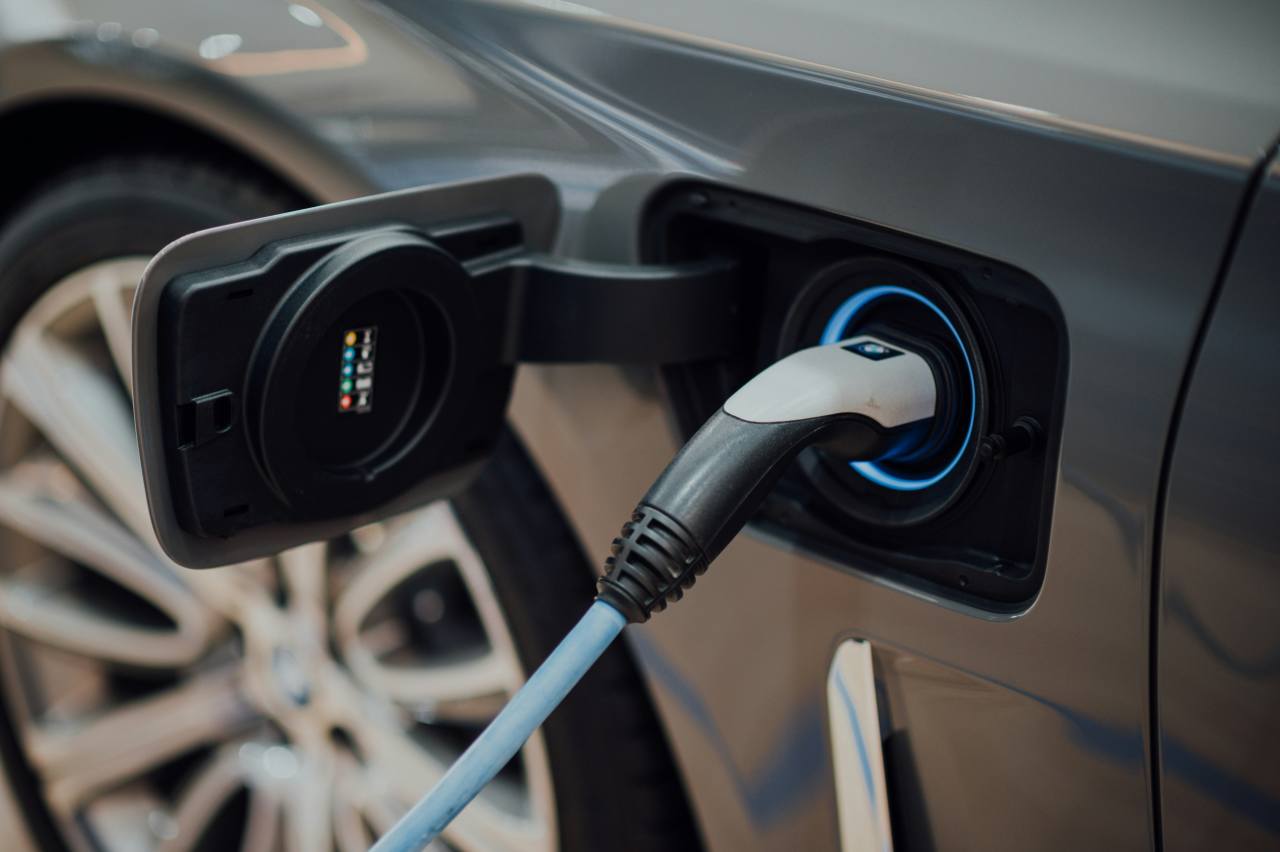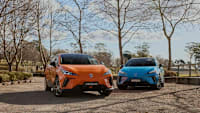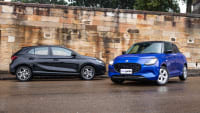While electric vehicles (EVs) are covered in the various state and territory motoring clubs’ roadside assistance packages, the reality is an EV that has run out of charge in most parts of Australia will be rescued on a tow-truck, rather than recharged by the side of the road.
That’s because the EV roadside assistance industry is like the rest of us, still scrambling to get recharging infrastructure in place in the face of improving technology and increasing demand from EV owners.
And at the moment, the limited options for roadside charging, combined with the time-benefits of trucking a stranded EV back to a commercial charging station for a fast charge win out most times.
And even when roadside charging is more accessible, it will be restricted to specific areas long before it’s rolled out across the country.
Don’t forget, either, that the state motoring clubs have been the pioneers in establishing a fast-charging network, so they might as well get the most use from it.
There’s also the fact that an EV that stops in the middle of nowhere may or may not have done so because of low battery charge. The roadside assistance despatcher doesn’t know what’s wrong with the car, so sending a tow truck is a good all-round solution.
Even in the world of conventional ICE vehicles, a tow truck is often the first response from these organisations, as modern cars are much more difficult to coax back into life from the emergency stopping lane.
The motoring clubs don’t bump up the cost to cover an EV compared with a normal car, but you will often (as with the NRMA in NSW) get access to their fast-charging network as part of your membership.
.jpg)
A similar arrangement occurs in the case of manufacturer’s own roadside assistance for electric vehicles (often sold as part of the new-car warranty deal) and in regional areas, you might just find it will be the state motoring club that attends a breakdown on the manufacturer’s behalf, anyway.
But things are changing. Victoria (RACV) and Queensland (RACQ) clubs are trialling roadside electric car charging technology which will be rolled out as it becomes more and more relevant.
The idea is that a portable charger will arrive on site and quickly add enough range to the car to get it to the nearest charging station.
In Victoria, the portable charging solution is the work of a company called Re:Start while the RACV is investing in the tech as well as trialling it in the real world starting about now.
The idea is that a portable generator is brought to the stranded EV and within a few minutes (six minutes for 20km of range is the initial expectation) the car will have enough charge to get itself to a safe spot to recharge.
 (1).webp)
Obviously, that’s going to challenge regional and remote operators, but for many Australians, it will do the job.
The other thing to bear in mind is that EVs don’t stop solely because their batteries are flat. They still run conventional tyres which can go flat and owners can still potentially lose the keys or lock them inside the boot.
And even though there are fewer moving parts in an EV, they rely heavily on electronics which can also have a bad day.
Even though an EV has an enviable level of simplicity, things can still go wrong, and preventative maintenance remains a great policy for owners to follow. That much won’t change regardless of what is powering your family car.









.jpg)


.jpg)

.jpg)

.jpg)

.jpg)

.jpg)

.jpg)


.jpg)